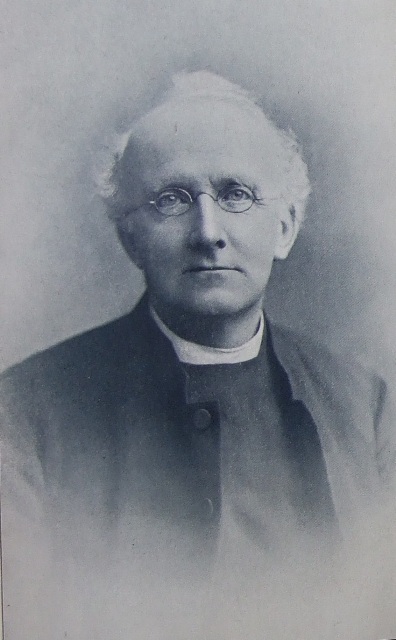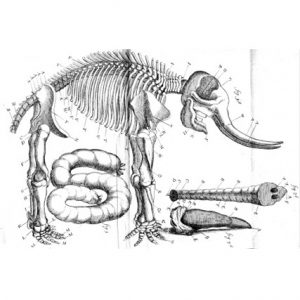One of Ireland’s more unusual contributions to civilisation was calculating the humane hangman’s drop. In the good old days, public executions were a popular spectacle, and indeed, the word ‘gala’ comes from gallows. 
Now, hanging was originally a prelude to drawing and quartering — or, for women, being burned at the stake — and never intended to kill the condemned person, but rather ‘throttle’ them a little. After the practice of ‘drawing and quartering’ was dropped, executioners simply hanged the condemned person from a short length of rope. But the short drop was never enough to break their neck, and the unfortunate person slowly strangled, their agonies adding to the spectacle for the watching crowd. If you were lucky, your friends would rush to the front of the crowd and pull on your legs to hasten your dispatch.
Enter the Rev Samuel Haughton (1821–97), an Irish polymath with an interest in geology, medicine, mathematics and climate. He argued for a more humane approach, and in 1866 he invented the humane hangman’s drop. Haughton realised that a longer drop was needed to quickly break a person’s neck, thus minimising their pain and suffering. In his book, On Hanging (1866) he calculated, for instance, that a 4.5-metre drop was needed to break the neck of someone weighing 160lb (72.5kg).
Haughton was born into a well-known Quaker family and later ordained into the Church of Ireland. He was already professor of geology at TCD when he decided to study medicine, and then combined his knowledge of anatomy and geology to show that many animal fossils had been distorted by geological processes. From this he could measure the distortion in the rocks, a significant breakthrough at the time. Haughton also studied how muscles and bones are attached in fossils and used this to reveal how the extinct animals would have moved.
As well as the hangman’s drop, Haughton produced the first reasonable estimate of blood pressure, based on how far blood spurted from a severed artery (the experiment was performed on a dog). He also calculated the age of the Earth, using various approaches, including rates of sedimentation and cooling: at a time when most people were suggesting ages of at most a few hundred million years, Haughton calculated that the Earth was 2.5 billion years old. Being firmly anti-Darwin, however, and unable to conceive of such an age, he later revised this figure down to 100 million.
This prolific author published numerous books on science, geology and mathematics that went to many editions. Indeed, so prolific was he that Darwin once asked how many ‘Haughtons’ there were in Dublin. Tides and currents were another of his specialities and the police used his help on occasion to investigate the causes of shipwrecks. In 1862, Haughton published a manual on tides and currents in the Irish Sea that, he hoped, would reduce the number of shipwrecks in the channel.
Samuel ‘Hangman’ Haughton died on Halloween, 1897.
You’ll find lots more ingenious stories like this in Ingenious Dublin, Mary Mulvihill’s latest book, available now as an ebook from Amazon. Or try our audio guided tours of ingenious Dublin.








147030 3629Great beat ! I would like to apprentice whilst you amend your internet web site, how can i subscribe for a weblog site? The account helped me a applicable deal. I had been tiny bit acquainted of this your broadcast provided shiny transparent thought. 998125
Thats some intresting informationDo you have any more info. computer repair computer repair computer repair it support it support it support computer desktop repair